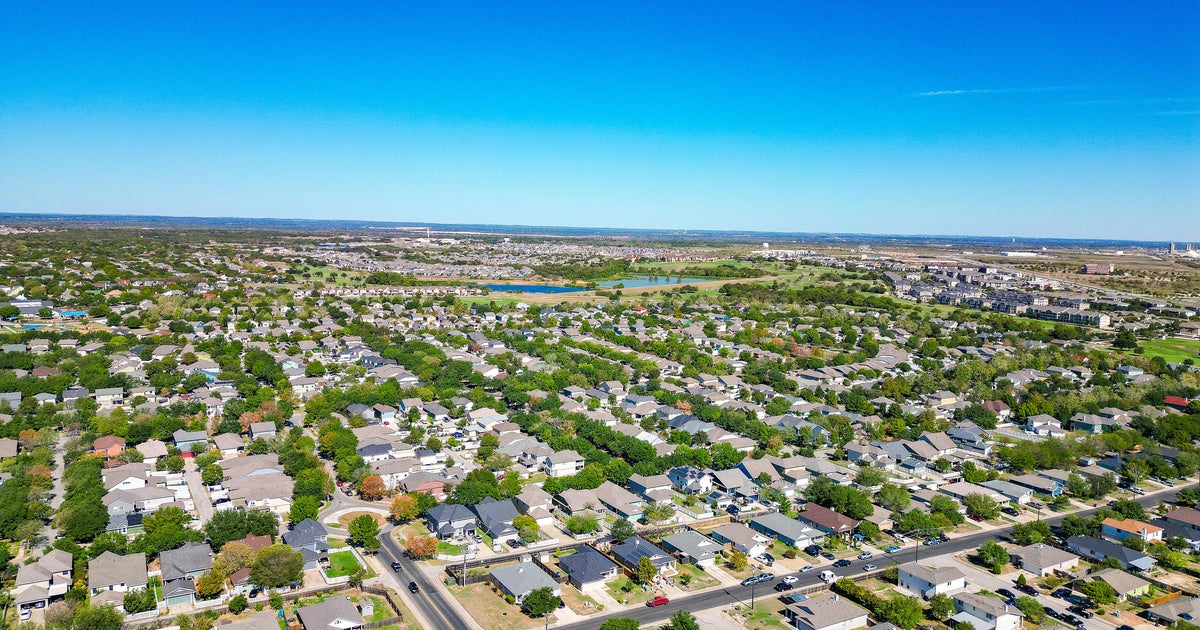

Home prices are softening in several regions across the United States, marking a shift from the frenzied market of the past few years. While not a nationwide crash, the cooling is noticeable in specific areas, primarily driven by a confluence of factors including rising interest rates, inflation, and reduced buyer demand. The extent of the price drop varies regionally, reflecting local market dynamics and economic conditions. Several key areas are experiencing more significant declines: The West Coast: Cities like San Francisco, Seattle, and Los Angeles, which witnessed some of the most dramatic price increases during the pandemic boom, are now seeing notable corrections. High interest rates have priced many potential buyers out of the market, and a return to more in-person work has lessened the demand for suburban homes. Competition remains, but it’s significantly less intense than previously seen. The Mountain West: States like Idaho and Nevada, which experienced rapid price appreciation fueled by migration from other parts of the country, are seeing slowing price growth or even slight declines. Increased inventory in some areas is also contributing to the price moderation. Specific Midwestern and Southern markets: While many areas in the Midwest and South continue to see robust growth, certain cities experiencing over-building or localized economic slowdowns are experiencing price adjustments. These are often smaller, more localized dips rather than large-scale decreases. The reasons behind this cooling are complex and interconnected: Increased Interest Rates: Higher mortgage rates significantly reduce affordability, limiting the number of potential buyers who can qualify for a loan. This decreased demand puts downward pressure on prices. Inflation: High inflation erodes purchasing power, making it more difficult for consumers to afford homes even if prices remained stable. Reduced Buyer Demand: A combination of factors, including economic uncertainty and the aforementioned interest rates and inflation, is leading to decreased buyer demand. Increased Inventory: In some areas, the supply of homes for sale is slowly increasing, giving buyers more choices and less incentive to engage in bidding wars. It's crucial to note that "dropping" doesn't necessarily mean a dramatic plummet. In many areas, it signifies a slowing of price growth rather than significant price reductions. However, for those who bought at the peak of the market, even a slight decline can represent a substantial loss. The real estate market remains dynamic, and the future trajectory of prices will depend on a number of evolving economic indicators. Experts suggest a more balanced market is emerging, potentially offering more stability for both buyers and sellers in the long term, though the specific impact varies drastically depending on location.

The housing market has been in a serious crunch since the COVID-19 pandemic, with , elevated home prices and mortgages in the 7% range, continuing to keep many would-be home buyers . But even amid such tight constraints, modest declines in home prices can still be found in some regions of the country.
That's according to a new report from Realtor.com, which measures changes in median home prices across the 50 largest U.S. metro areas since 2022, when median home prices hit a of $443,000 according to the Federal Reserve Bank of Saint Louis.
The extent to which home prices are declining varies from region to region according to the Realtor.com report, which is based on the brokerage platform's housing data.
"The housing market has cooled modestly in 2025," said Danielle Hale, chief economist at Realtor.com, in a statement on the report. "But the extent and persistence of rebalancing really varies across the country. And regionally, homebuyers and sellers are likely to experience a very different market."
Behind those notable price differences is inventory. Right now, the housing market is essentially divided into two camps, with higher inventory in the South and West, where deeper price cuts can be found, and more limited inventory in the Midwest and Northeast, said Jake Krimmel, a senior economist at Realtor.com.
"It's a supply and demand story," Krimmel told CBS MoneyWatch. "When you have fewer homes for sale, and if there is still sufficient demand, that's going to maybe put upward pressure on prices or prevent them from falling."
The largest declines in median listing prices in 2025 tend to be concentrated in the South and West, where all 19 of the 50 largest U.S. metro areas with median housing prices below July 2022 levels are located.
"After years of intense competition, it's starting to feel more balanced — especially in the South and West," Gary Ashton, founder of The Ashton Real Estate Group of RE/MAX Advantage said in a statement on the Realtor.com report. "It's not a buyer's market yet, but we're headed in that direction."
The cities that saw the biggest declines in price were Austin, where median listing prices have fallen nearly 15% over the last three years; and Miami, where prices have dropped around 19%.





